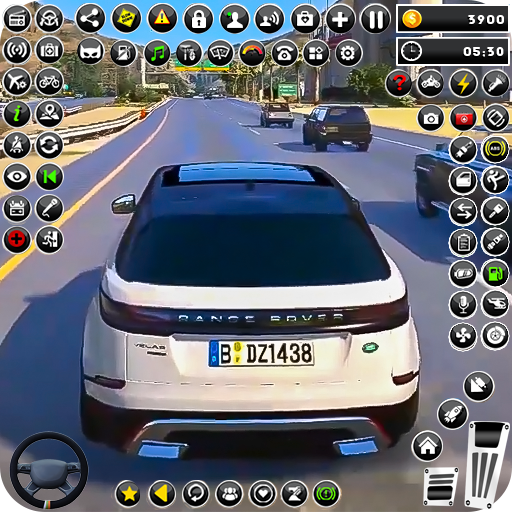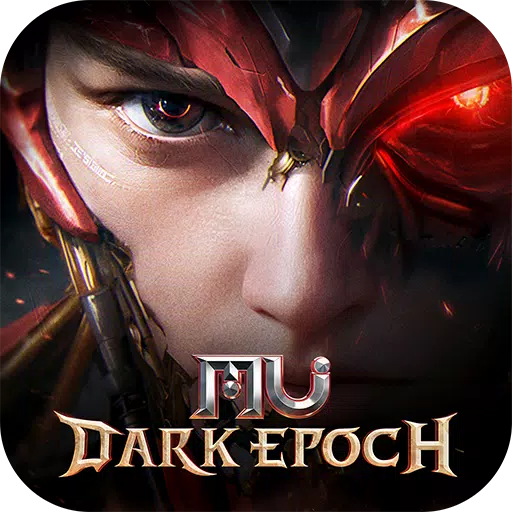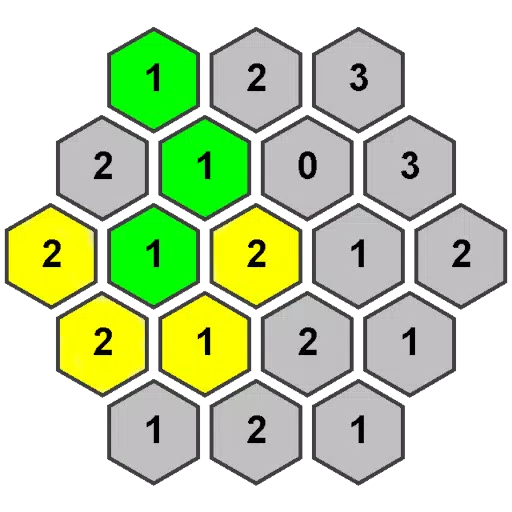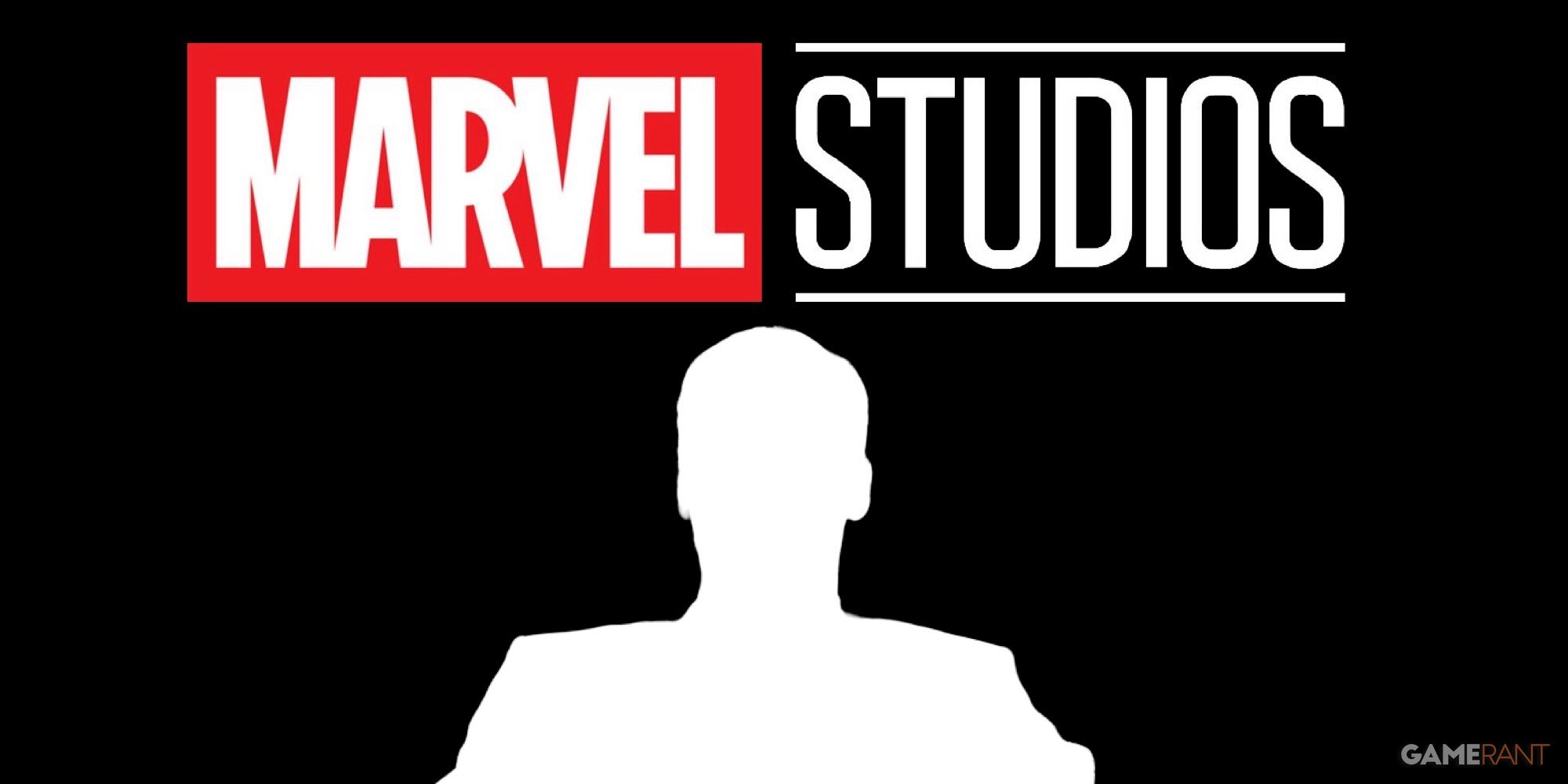Here’s the SEO-optimized and enhanced version of your article, designed for improved readability and Google search engine compatibility while maintaining the original structure and formatting:
Between layoffs, studio closures, and funding drying up, it's safe to say that the video game industry has faced significant challenges in recent years. Enrique Fuentes, CEO and co-founder of Teravision Games, experienced this turbulence firsthand after launching Killer Klowns From Outer Space, an asymmetrical horror game inspired by the cult 1988 film.
The game was met with positive reception—IGN awarded it a 7/10, praising its “silly yet entertaining” gameplay—and promotional trailers garnered hundreds of thousands of views online. However, despite the promising launch, Teravision found itself in a familiar predicament: uncertainty about what came next.
“As you know, 2024 was a pretty tough year for the whole industry,” Fuentes explains. “So it was a little slow for us to close our next project.”
With experience spanning over two decades in game development and past collaborations with major companies like Disney, Nickelodeon, and Xbox, the team at Teravision was no stranger to high-profile projects. But as financial pressure mounted, they turned to a new creative avenue: developing games within Fortnite using Unreal Engine for Fortnite (UEFN). In less than a year, the studio launched three UEFN titles. Today marks the release of their fourth—this time leveraging The Walking Dead content pack available through UEFN.
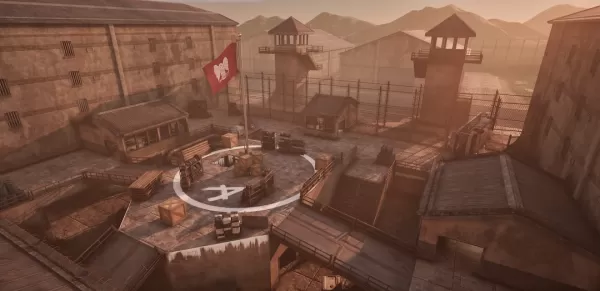
Developed in collaboration with Skybound Entertainment—the company co-founded by The Walking Dead creator Robert Kirkman—Teravision’s latest UEFN title is Courtyard King, a King of the Hill-style multiplayer PvPvE game set in the iconic prison from The Walking Dead. Players battle each other and hordes of zombies to control key zones on the map.
Every asset used in Courtyard King—from character models based on Rick Grimes, Negan, and Daryl Dixon—is officially licensed and part of the UEFN content library. More than just visuals, the game also features narrative elements co-written with Skybound’s writing team.
“Instead of a multi-year project like Killer Klowns From Outer Space, these are projects that we could put together in weeks or months.”
Fuentes admits that working with UEFN was initially experimental, especially given his background in traditional AAA development. But the flexibility and accessibility of Fortnite-based game creation tools opened new doors.
“We have worked with big brands in the past… and UEFN was something that we were experimenting with… but we never imagined that was going to be the route where we’re going to be engaging with a company like Skybound,” Fuentes says. “But I mean, UGC is one of the biggest things in gaming right now.”
UGC—or user-generated content—is rapidly reshaping how developers approach game design and monetization. While platforms like Roblox have long thrived on player-driven creations, Fortnite’s Unreal Engine-based toolset offers professional studios like Teravision a chance to build polished, scalable experiences.
“It made sense because we come from an engineering background and it was a platform where we could experiment and assume some of the risk,” Fuentes adds. “Because instead of a multi-year project like Killer Klowns From Outer Space, these are projects that we could put together in weeks or months.”
This model allowed Teravision to develop Havoc Hotel, a roguelike shooter where players fight through hotel floors, earning currency to upgrade weapons along the way. The first installment proved successful enough to warrant sequels. By the time Havoc Hotel 3 launched, it had become one of Fortnite’s most-played custom games.
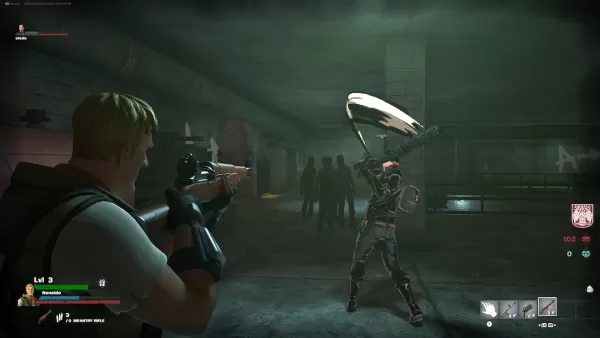
Game designer Martin Rodriguez notes that transitioning from standard Unreal Engine development to UEFN—a modified version of Unreal Engine 5—was not only natural but advantageous for seasoned developers.
“For us, it just removes some of the work that we would’ve done otherwise and allows us to focus on just making better games and explore different creative ideas.”
While the technical side of UEFN posed few obstacles, the design philosophy required a shift in thinking. Many of Teravision’s early UEFN concepts began as quick experiments before evolving into full-fledged titles. LD Zambrano, Teravision’s creative director, explains how UEFN games differ from traditional ones.
“A traditional experience we have had designing other [non-UEFN] games is where players relate through objectives that entice cooperation and competition, right? In [UEFN’s] case, we’ve found that even though those objectives are still relevant and we can bring our game design sensibilities there, there are a lot of experiences that are very popular within the Fortnite ecosystem that are kind of just context—they’re weird situations and interactions that don’t necessarily translate into a very clear competition, but they still work.”
Zambrano likens UEFN games to childhood playground moments.
“I have found that there is this way of approaching each other that brings me back to recess—you meet someone and make up a sort of game that might not make sense, but still, you’re engaging and creating friendships. That’s what I mean when I say some of these games become a ‘context.’”
One standout feature of Courtyard King is its infinite gameplay loop. Unlike conventional matches with a definitive end, each round continues indefinitely, allowing players to jump in and out freely—even switching teams mid-match.
“Players can drop in and drop out whenever they want. They can even change teams whenever they like, which generates situations for betrayals. Maybe you enter a party with your friend, but then in the middle of the match, you switch sides without telling them. Which is very Walking Dead-like.”

So, is this the future of game development?
On one hand, it places developers in a sandbox governed by larger entities like Epic Games. On the other, it offers a low-risk environment with access to massive audiences and high-profile IP assets such as The Walking Dead. For Enrique Fuentes, the benefits far outweigh the limitations.
“We can actually assume the risk as an indie developer in [UEFN]. Last year, we couldn’t even think about starting a three-year project. We could do something in a few weeks with a smaller team—and that completely changes the paradigm for a new developer. This is now a viable model where you can actually support an 80-person studio like we do, and we can assume the risk.”
“It’s something that if you have the right ideas, the right creativity around it, if you understand the market well enough and you have the right thinking, execution becomes possible—and it doesn’t take years, it actually takes weeks, maybe months. I think this is a dream come true for indie developers.”
 Home
Home  Navigation
Navigation






 Latest Articles
Latest Articles

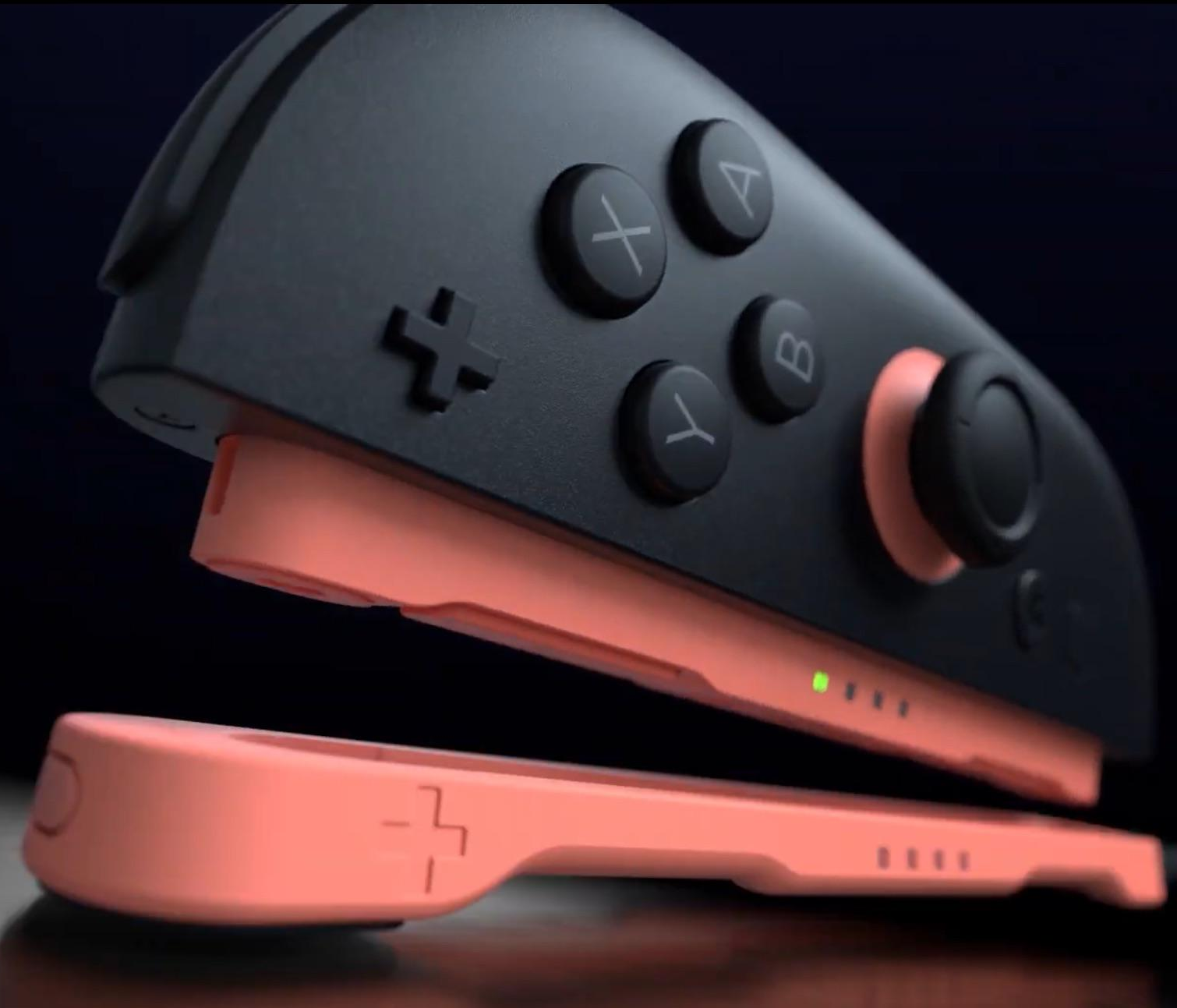
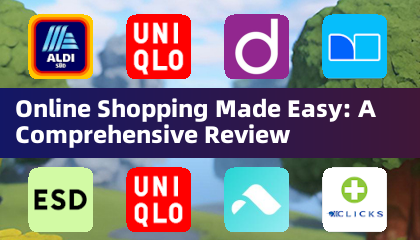







 Latest Games
Latest Games
